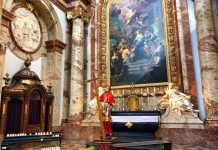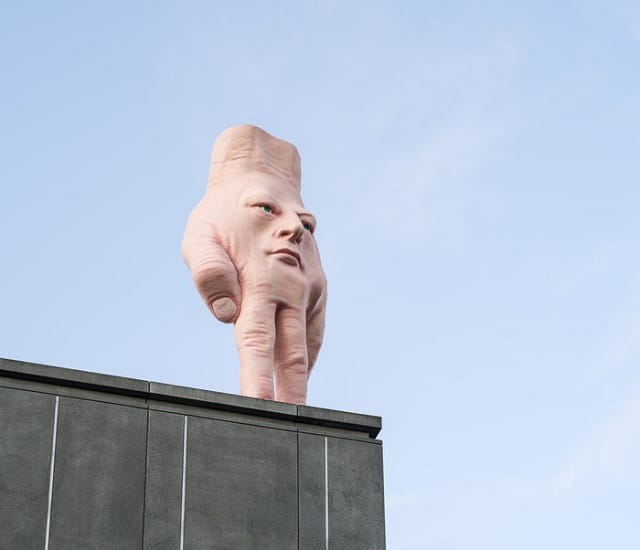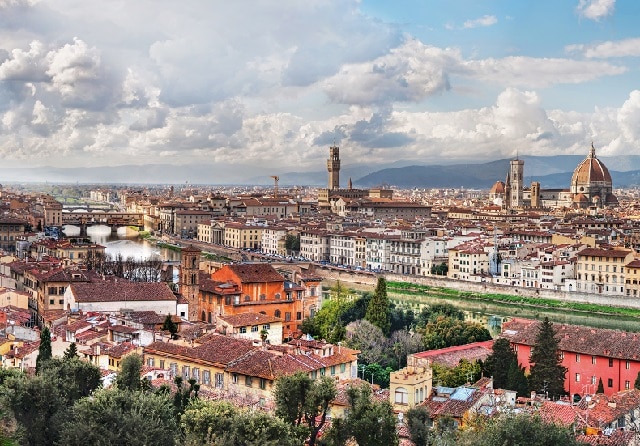Two hundred and eleven years have passed since the writer Victor Hugo uttered the first cry in the house of Besançon, France regarding the halfway strategic Dijon and Bern. The poet, playwright, essayist and writer, author of Les Misérables and Notre-Dame de Paris and The Last Day of a Condemned to death, spent within those walls just a few weeks before moving elsewhere because of the commitments of his father, an army officer.

Despite the short stay, however, that building is identified as the home of V. Hugo and has long been one of the tourist stops in the city. According to expert-travel, from tomorrow (on the occasion of the European Heritage Days), it will be full, as it will be inaugurated a museum dedicated to the writer, of which the City has invested more than € 1 million. On the ground floor was rebuilt a pharmacy of 700, with 73 vessels in Faenza in real time. On the first floor there is the abode of Hugo, with photos, writings and also political commitment documents of the intellectual future. The whole building is part of the historical heritage of the French state in 1942 but by 1879, a plaque commemorates Victor Hugo and about 20 years after the street in front was entitled to him. By a strange coincidence of history, in 1862 and 1864 were born in the same area the brothers Auguste and Louis Lumière, inventors of cinema projectors and among the first filmmakers in history.
Finally, those parts of history has passed by now, leaving indelible marks: two hundred monuments, a citadel built by Vauban and declared World Heritage by UNESCO, the Roman ruins, museums and numerous stately mansions.
By Elsi H
Photos: Wikimedia Commons














